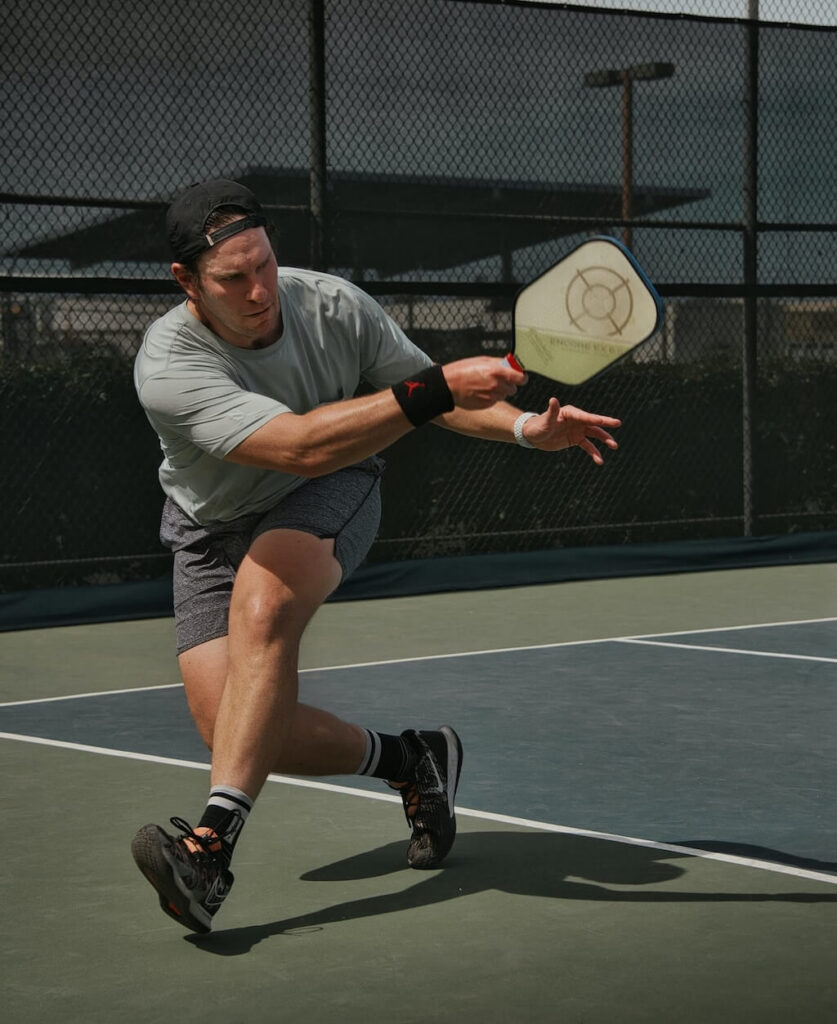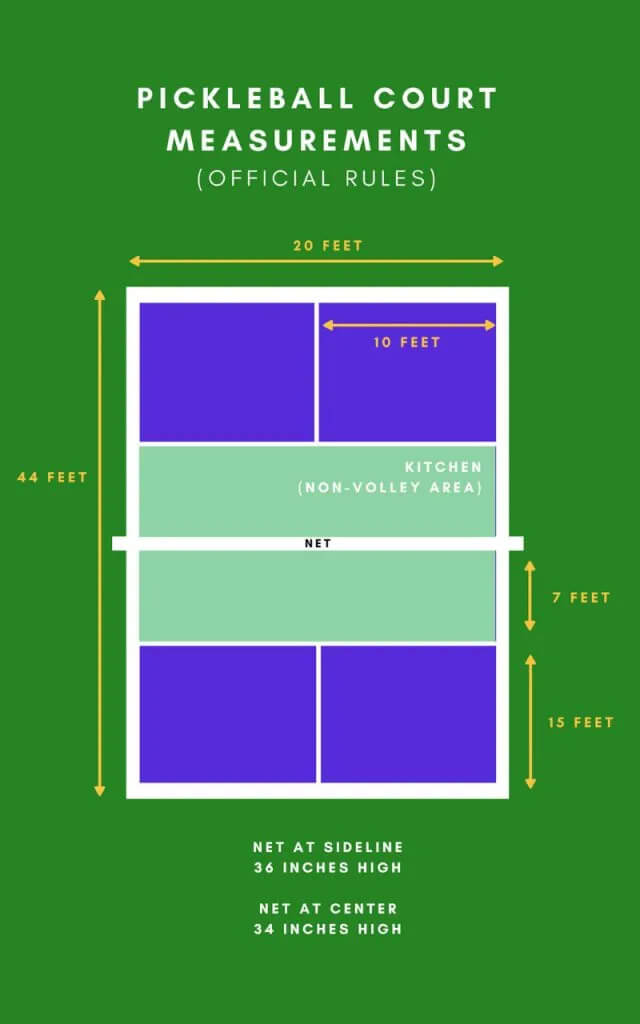The Birth of Pickleball: Essential History for Every Play Guide
Origins on Bainbridge Island, 1965: The Foundation of Modern Pickleball Play
This comprehensive pickleball play guide begins with the authentic story of how pickleball was invented in the summer of 1965 on Bainbridge Island, Washington, by three friends: Congressman Joel Pritchard, businessman Bill Bell, and Barney McCallum. After playing golf one Saturday afternoon, they returned to find their families bored with nothing to do.
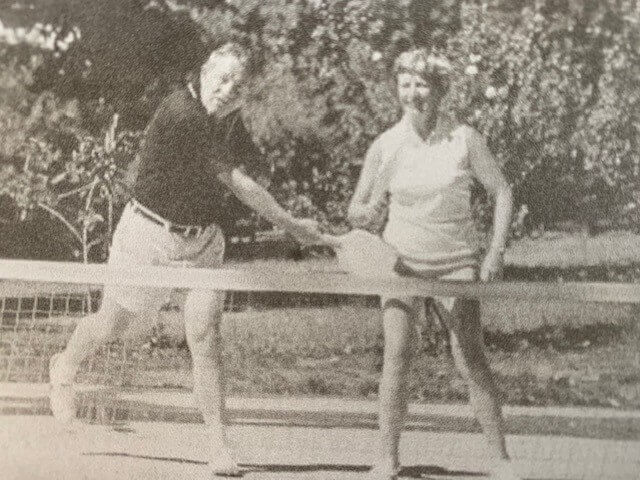
The Improvised Game That Started Modern Pickleball Play
They found an old badminton court but couldn’t locate a full set of rackets. Using ping-pong paddles and a perforated plastic ball, they started playing with the net at badminton height (60 inches). As the ball bounced well on asphalt, they lowered the net to 36 inches. This pickleball play guide documents how these early decisions shaped the sport we know today.
The Name: A Pickleball Play Guide Fact Check
According to Joan Pritchard, the name came from the “pickle boat” in crew races—leftover non-starters. Despite claims the game was named after the family dog Pickles, USA Pickleball research confirmed the dog was born in 1968, three years after the game’s creation.
Official Pickleball Court Dimensions and Setup
Court Specifications According to USA Pickleball
This pickleball play guide provides exact official measurements. The court measures 20 feet (6.10 m) wide and 44 feet (13.41 m) long for both singles and doubles—exactly the same size as a doubles badminton court, totaling 880 square feet. All lines are 2 inches (5.08 cm) wide.
[Image Placement 2: Detailed court diagram with official measurements]Image Requirements: Technical diagram (1000x700px) showing exact court dimensions, net specifications, and zone markings with measurements in both feet and meters.
Net Height and Specifications for Proper Pickleball Play
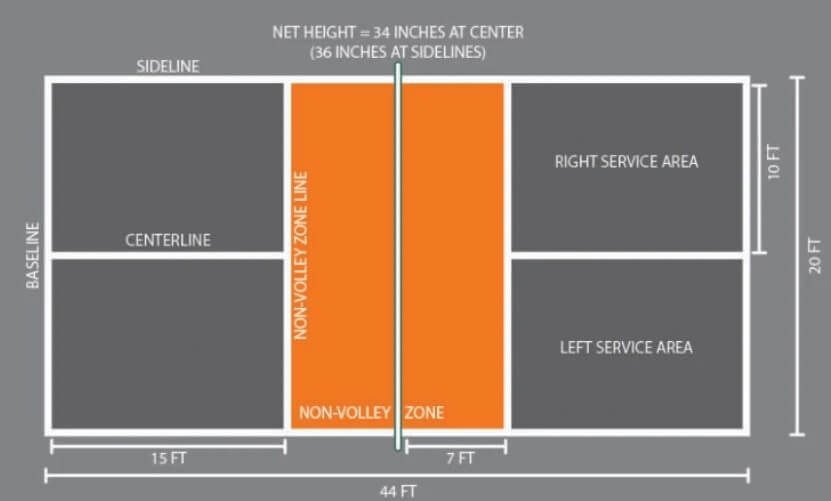
The Non-Volley Zone (Kitchen)
The non-volley zone extends 7 feet (2.13m) from the net on each side. Any effective pickleball play guide must emphasize kitchen rules as they shape every rally.
Official Pickleball Equipment Specifications
Pickleball Paddle Requirements for Players
Every pickleball play guide must cover official equipment standards. Paddles must be made of rigid, noncompressible material. The combined length and width cannot exceed 24 inches (60.96 cm), with paddle length not exceeding 17 inches (43.18 cm). No thickness restrictions apply.
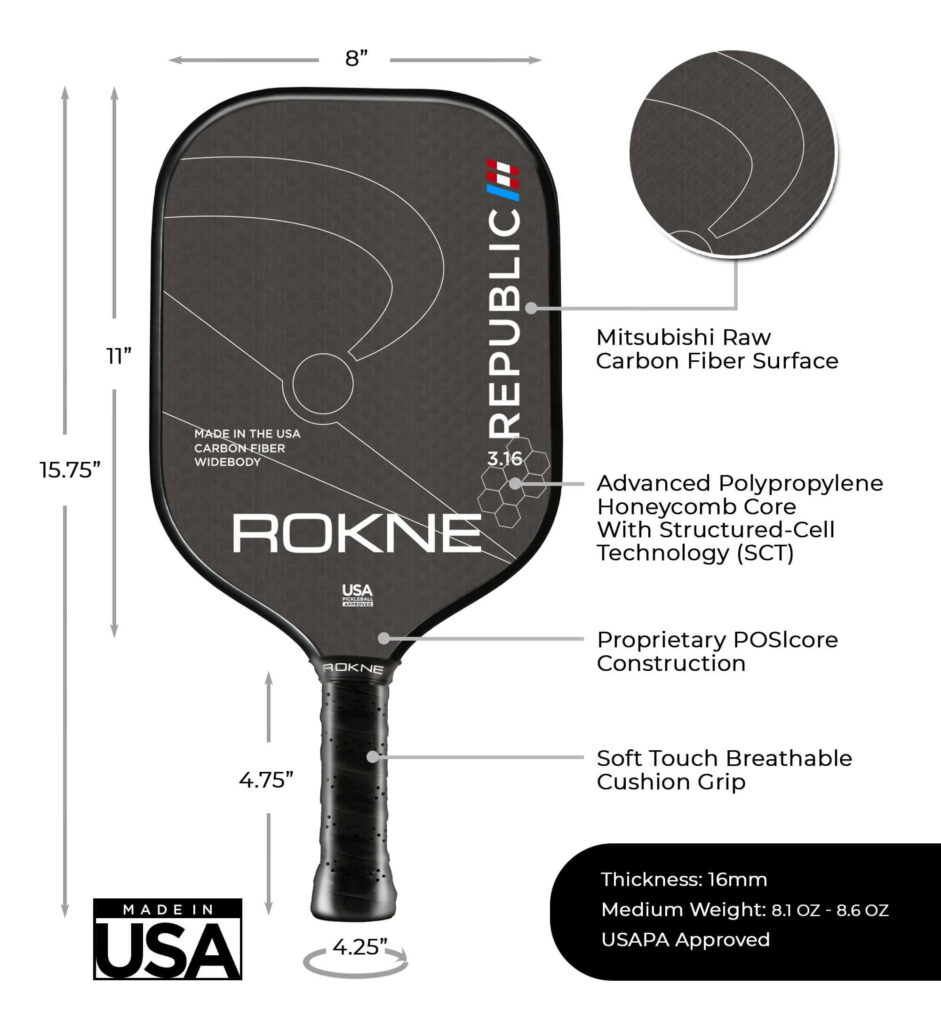
Official Ball Specifications for Competitive Pickleball Play
Balls must have 26-40 circular holes with manufacturer identification. They’re made of durable, smooth material in one uniform color. These specifications ensure consistency across all levels of pickleball play.
Official Pickleball Serving Rules and Procedures
Basic Serving Requirements in Pickleball Play
Understanding serving rules is crucial in any comprehensive pickleball play guide. The server’s arm must move in an upward arc with paddle contact below waist level. The paddle head cannot be above the wrist at contact.
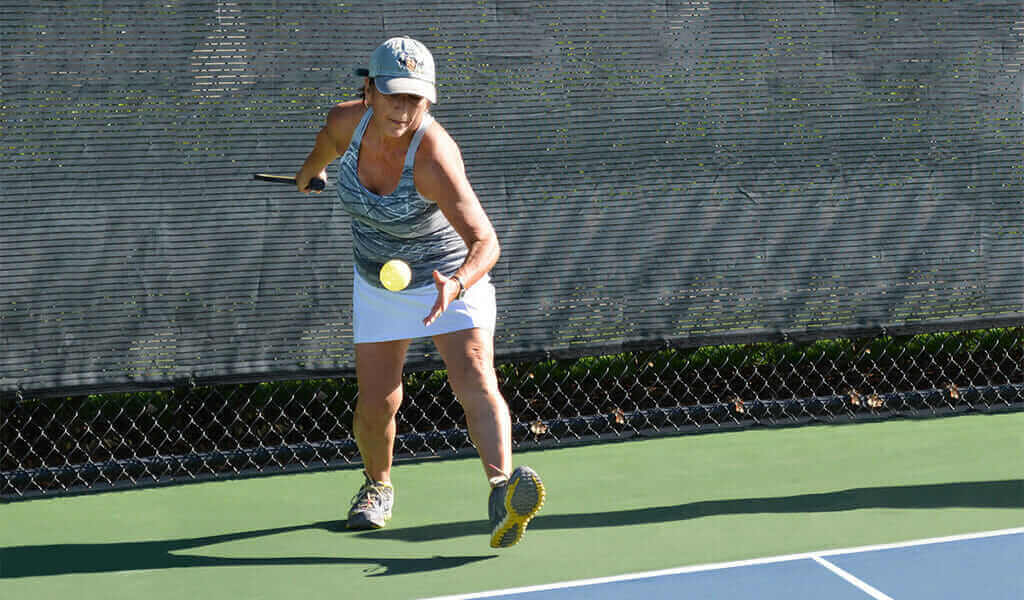
Server Positioning for Legal Pickleball Play
At ball contact, the server’s feet cannot touch the court or extensions of sideline/centerline, with at least one foot behind the baseline. Proper positioning is essential for legal pickleball play.
Service Placement Rules in Competitive Pickleball Play
Serves must go diagonally to the opposite service court, clear the non-volley zone, and may land on service court lines. Mastering service placement is fundamental to successful pickleball play.
Pickleball Scoring System and Service Sequence
Basic Scoring Rules for Pickleball Play
Only serving teams score points. Games play to 11 points, win by 2 (tournaments may play to 15 or 21). This pickleball play guide emphasizes that understanding scoring is essential for proper gameplay.
The Three-Number Scoring System
Doubles scoring uses three numbers: serving team’s score, receiving team’s score, and server number (1 or 2). When the serving team’s score is even, they serve from the right court; when odd, from the left court.
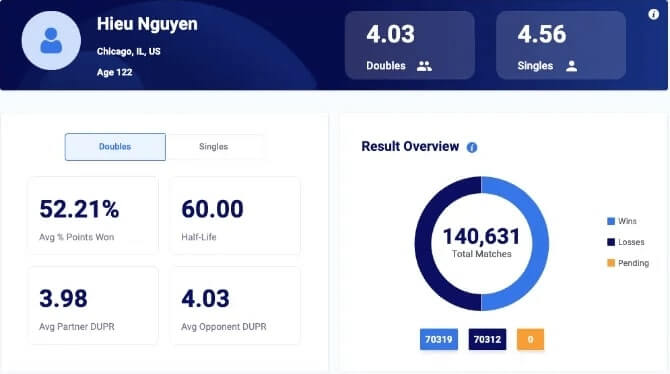
The Two-Bounce Rule in Pickleball Play
Fundamental Rally Rule
After serving, the receiving team must let the ball bounce before returning, then the serving team must let it bounce before their return. After both bounces, players may volley or play off bounces. The two-bounce rule eliminates serve-and-volley advantage and extends rallies. This rule makes pickleball unique and is covered thoroughly in this pickleball play guide.
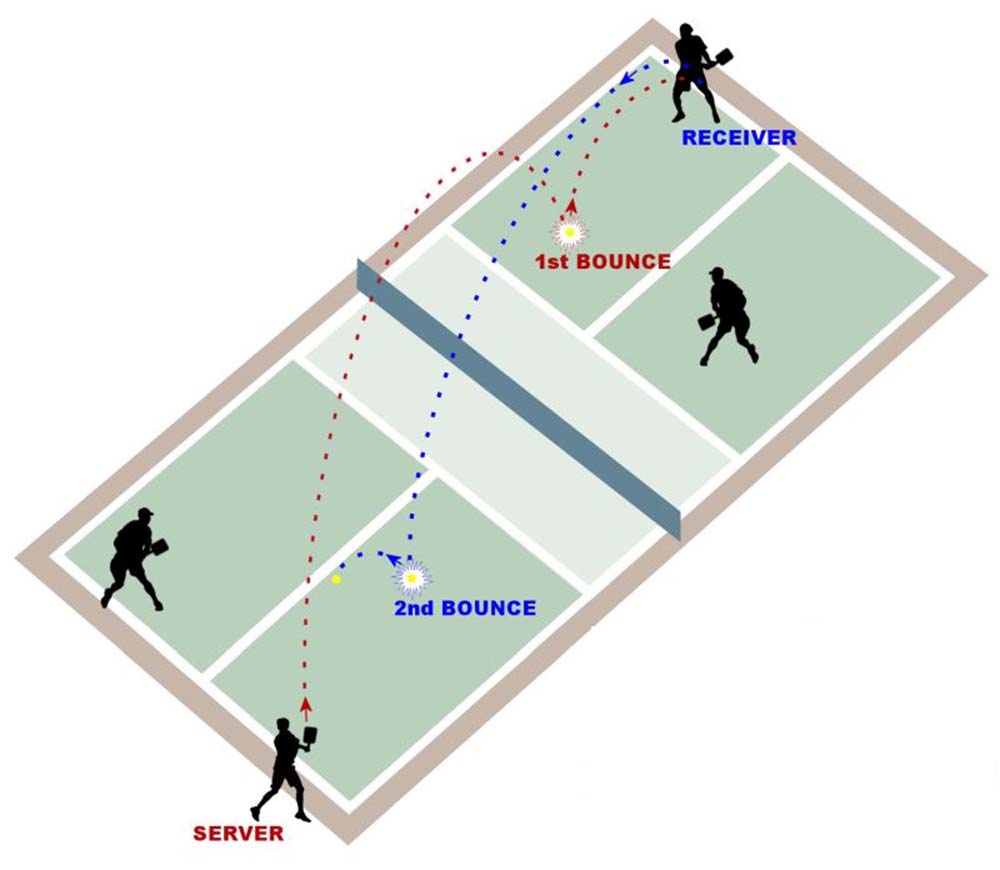
Non-Volley Zone (Kitchen) Rules for Pickleball Players
Basic Kitchen Rules
Volleying is prohibited within the 7-foot non-volley zone on both sides of the net. Understanding kitchen rules is fundamental to any effective pickleball play guide.
Fault Conditions That Affect Pickleball Play
Players fault when stepping in the kitchen while volleying or when momentum carries them into the zone after volleying. Understanding fault conditions prevents violations during pickleball play.
Permitted Kitchen Actions in Standard Pickleball Play
Players may enter the kitchen anytime except when volleying. They may stand in the kitchen and hit balls after they bounce. These rules allow strategic movement while maintaining fair pickleball play.
Key Rule Changes for 2025 Pickleball Play
Enhanced Communication Rules for Fair Pickleball Play
Starting in 2025, receiving teams can use verbal signals like “stop” or “wait” if not ready after the score is called. This ensures fairness and safety in all levels of pickleball play.
Rally Scoring Option for Tournament Pickleball Play
Rally scoring is now approved for doubles play, providing tournament format flexibility. This addition offers variety in competitive pickleball play options.
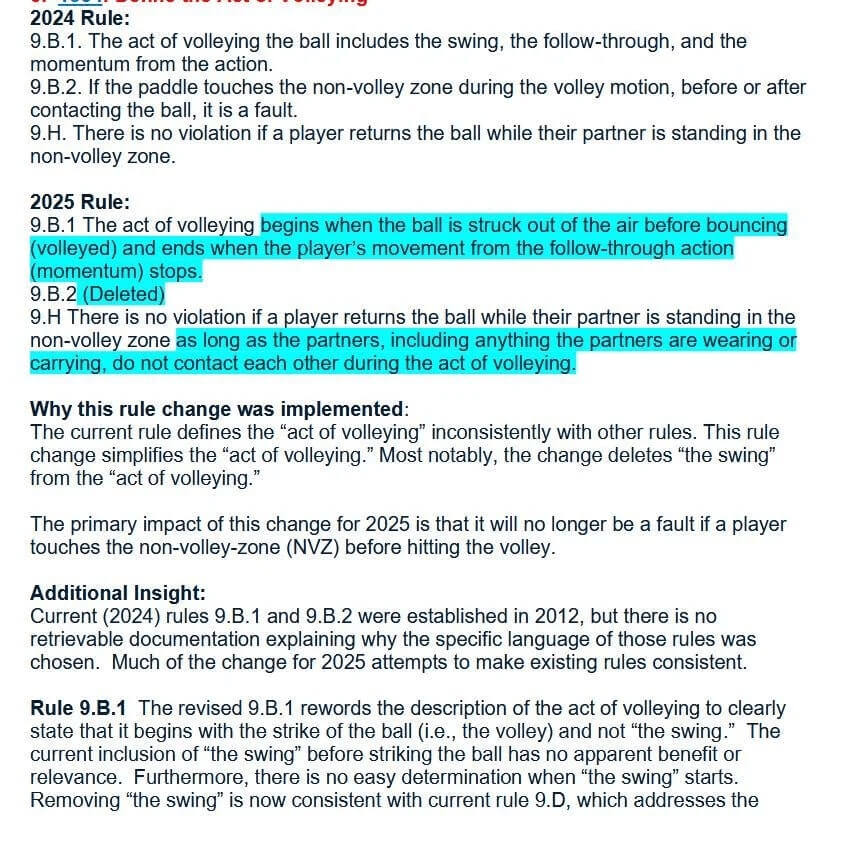
This comprehensive pickleball play guide covers the authentic history and official rules that govern America’s fastest-growing sport. From its humble 1965 origins on Bainbridge Island to the detailed regulations that guide modern tournament play, understanding these fundamentals provides the foundation for enjoying and excelling at pickleball.
The sport’s remarkable growth from a backyard game to an officially recognized activity with millions of players demonstrates the universal appeal of the founders’ original vision: creating a game that families of all ages could enjoy together. Today’s official rules maintain that inclusive spirit while ensuring fair and competitive play across all skill levels.
Now that you understand the rules and history of pickleball, the next crucial step is maintaining your equipment for optimal performance. Learn how to clean pickleball paddle properly to ensure your gear performs at its best throughout every game. Proper paddle maintenance is essential for maintaining the spin and control that make pickleball so engaging.
This pickleball play guide serves as your authoritative resource for both historical knowledge and practical rule application. Whether you’re just starting your pickleball journey or seeking to deepen your understanding of the game’s official regulations, combining rule knowledge with proper equipment care will elevate your game to the next level.
